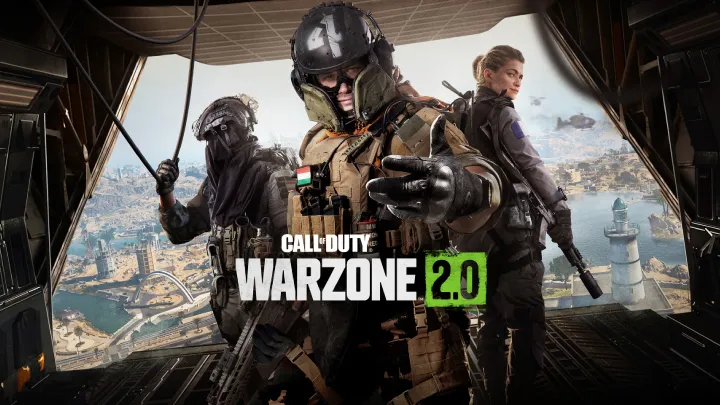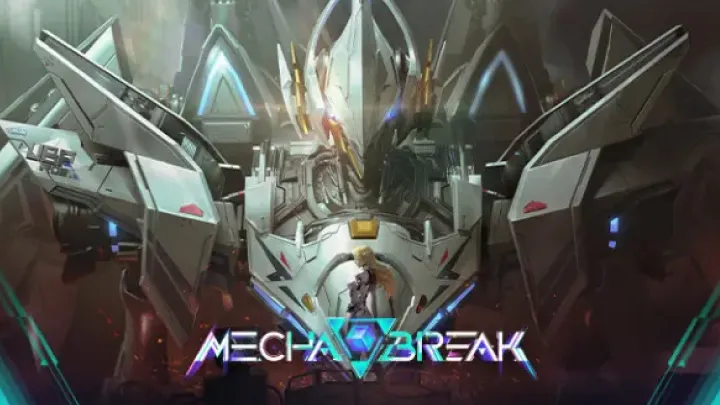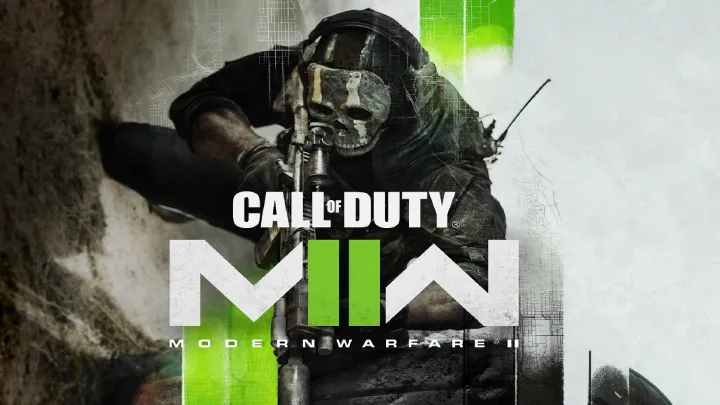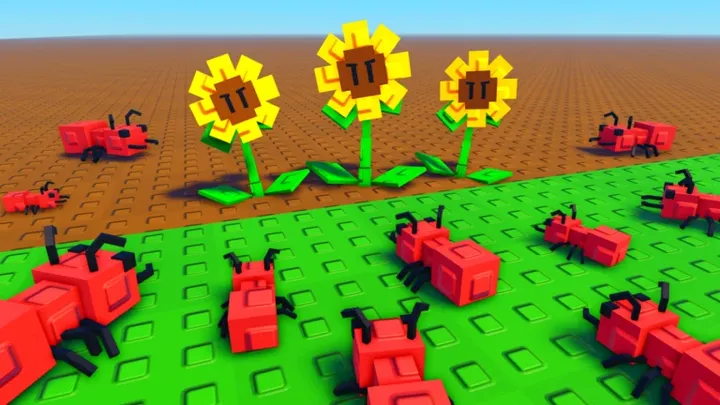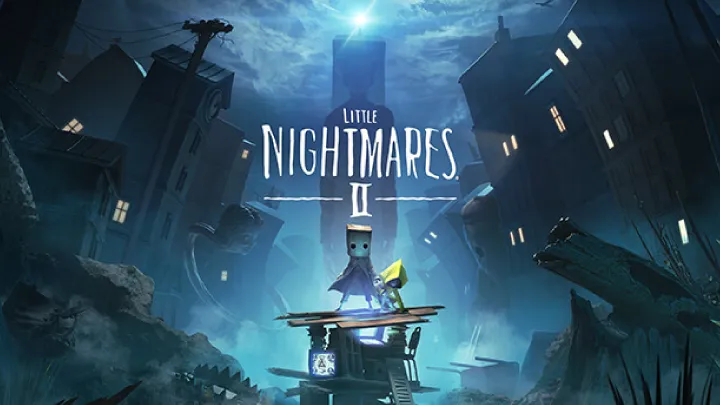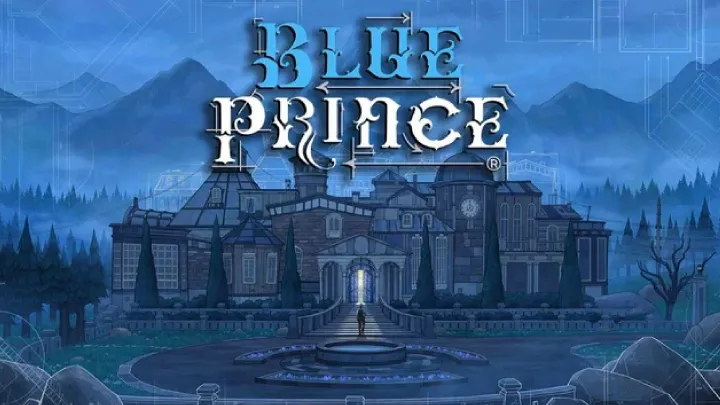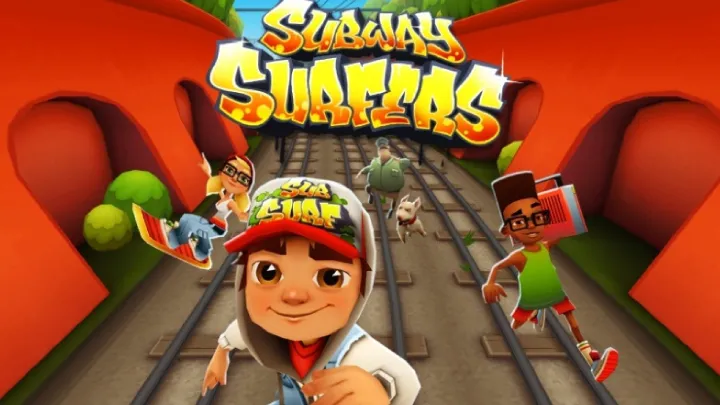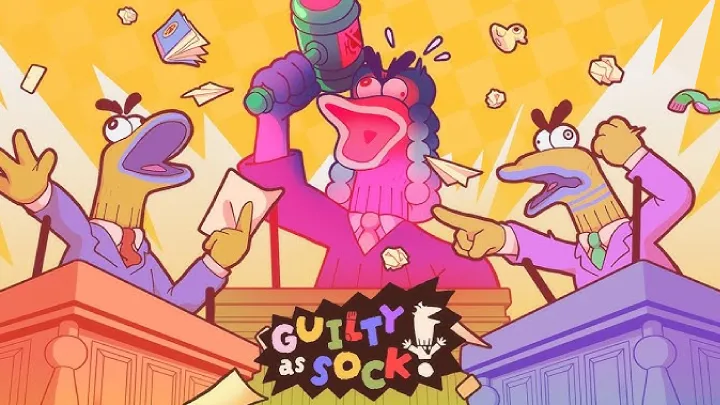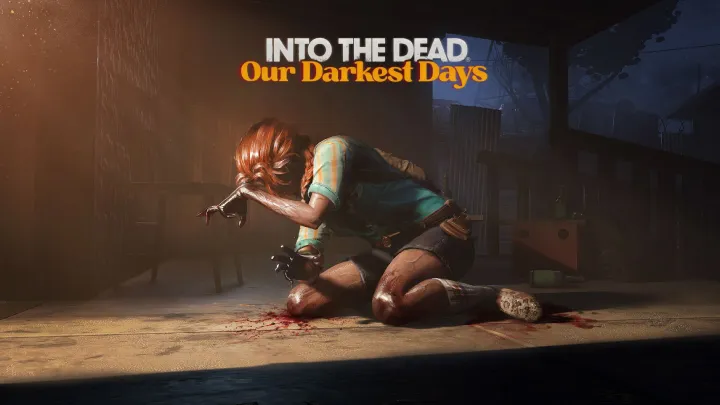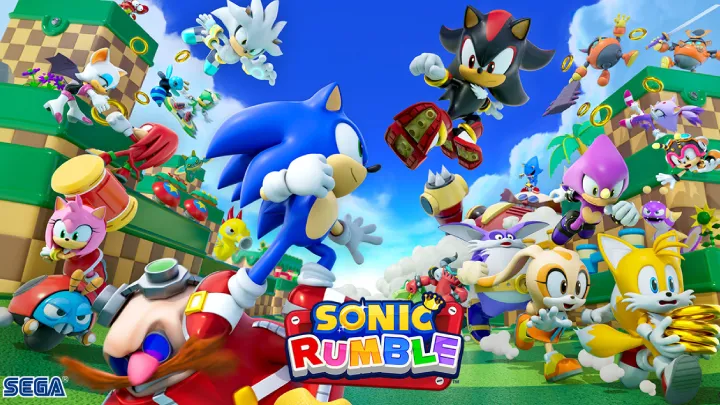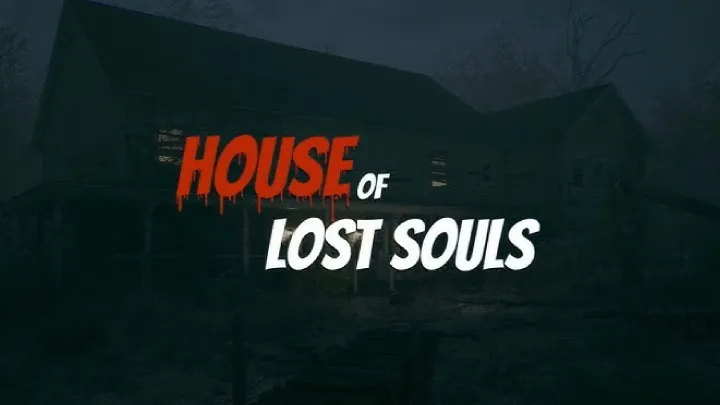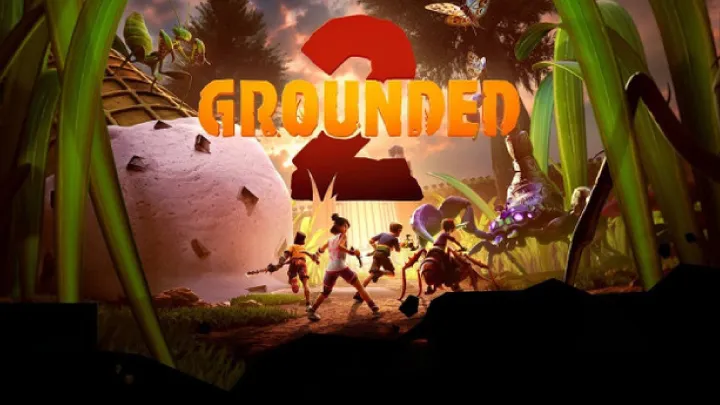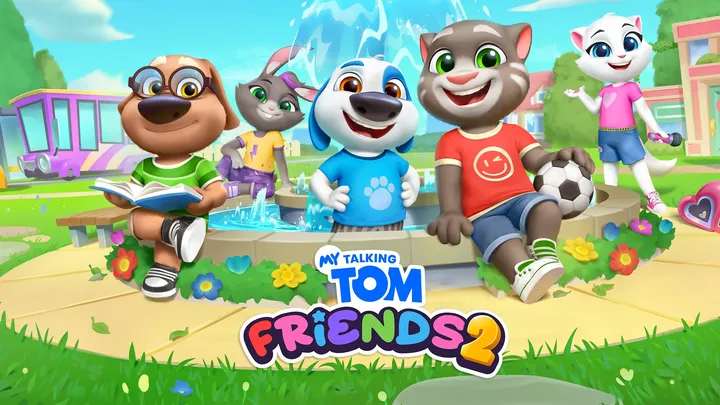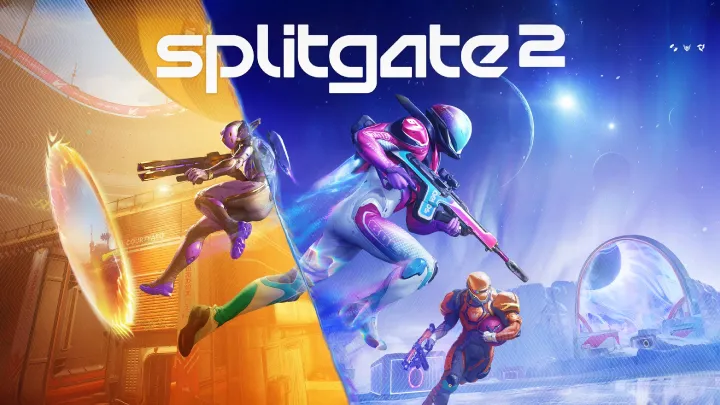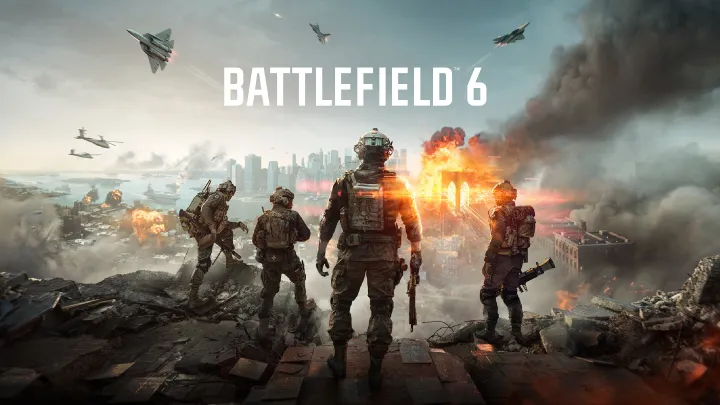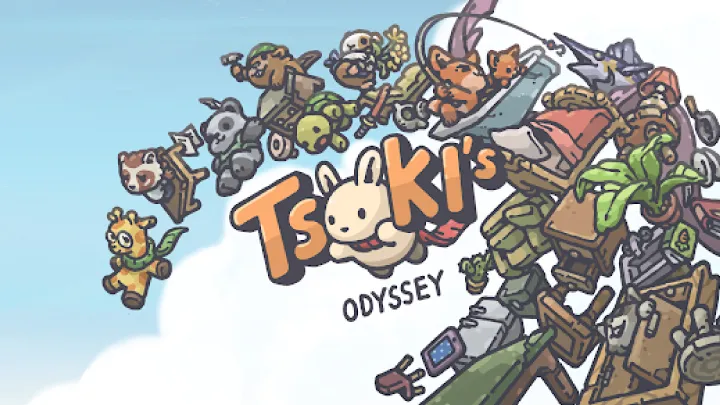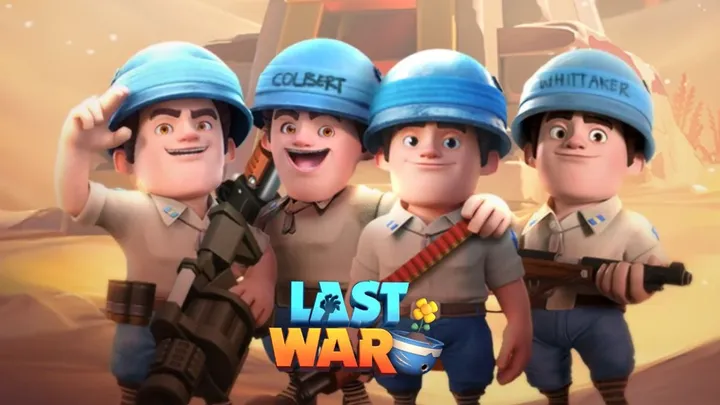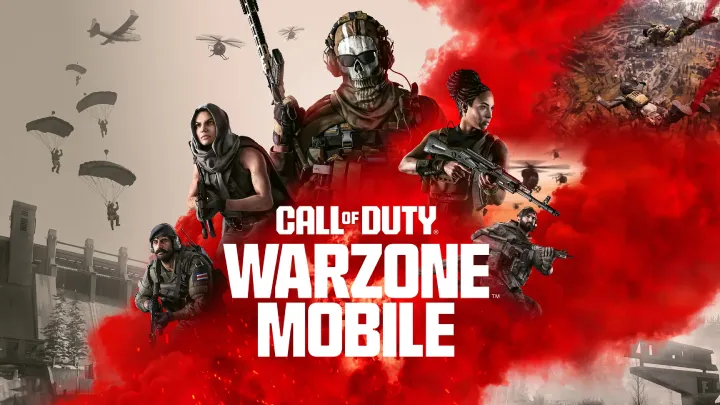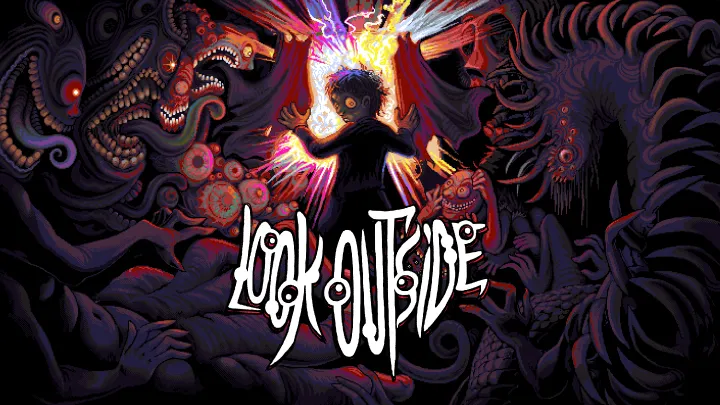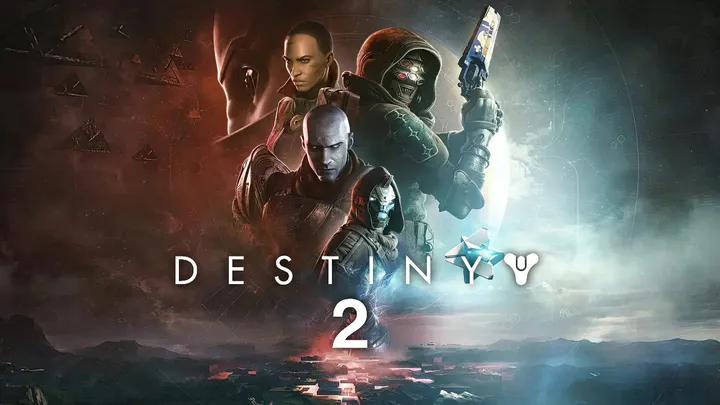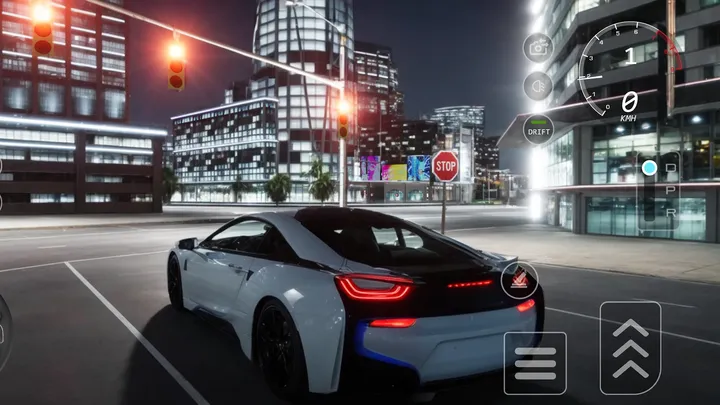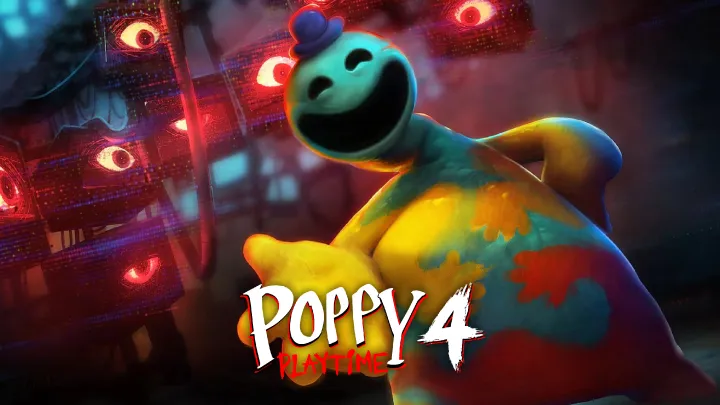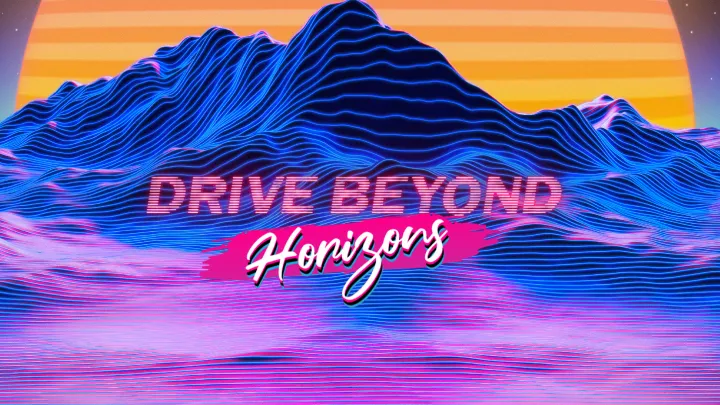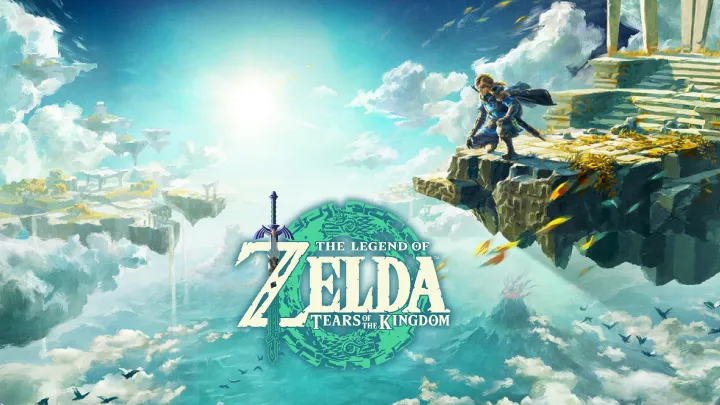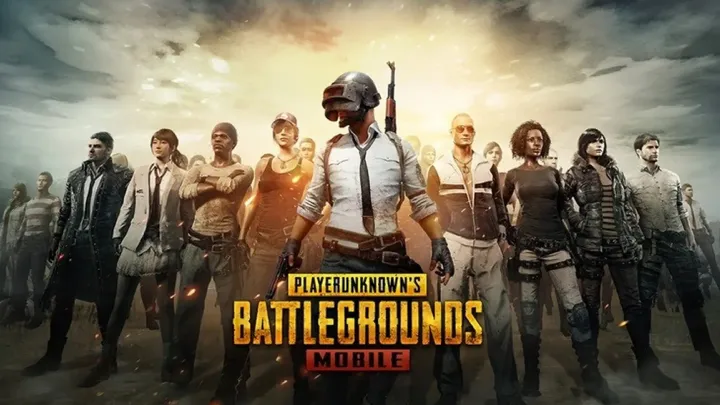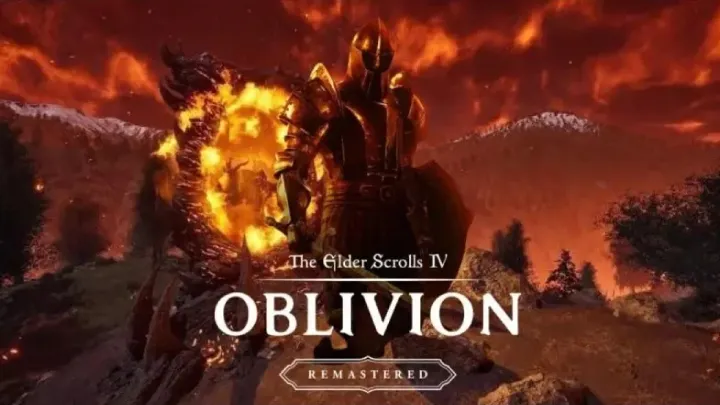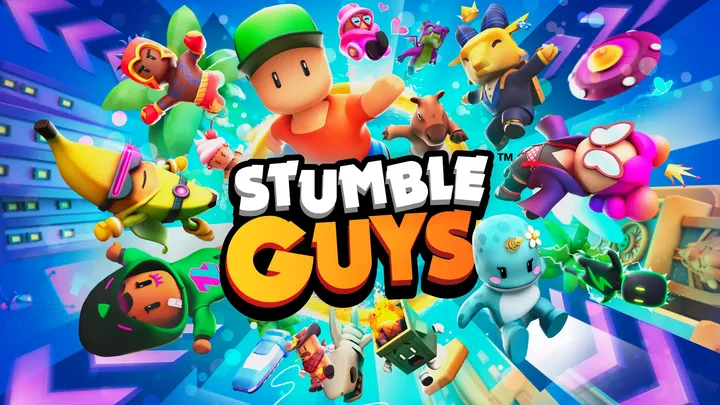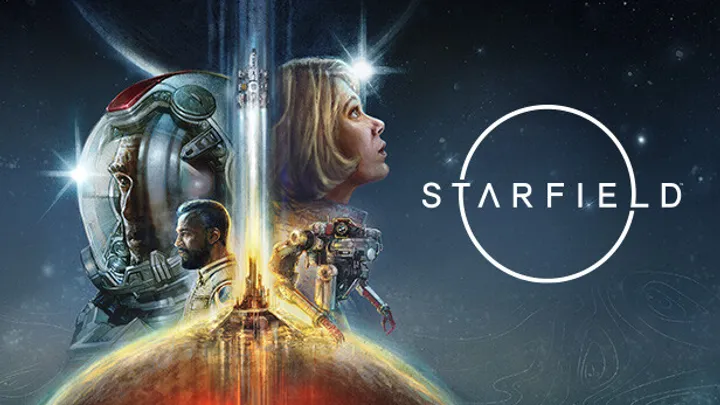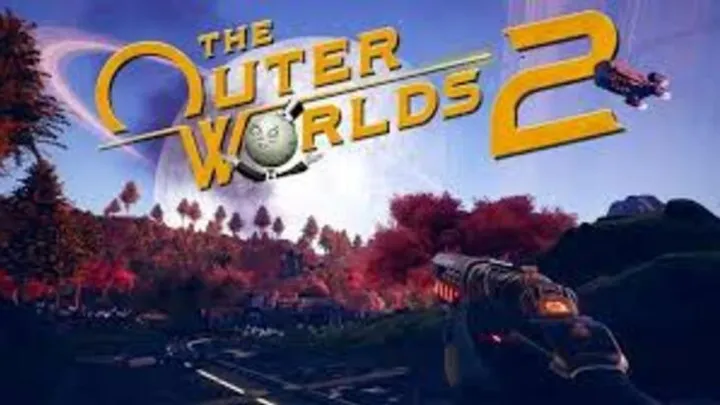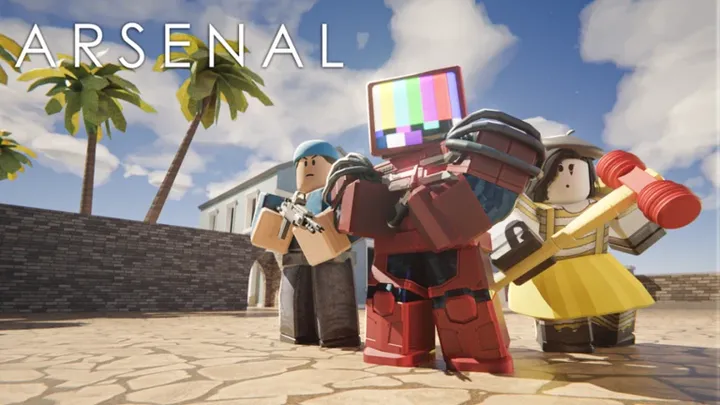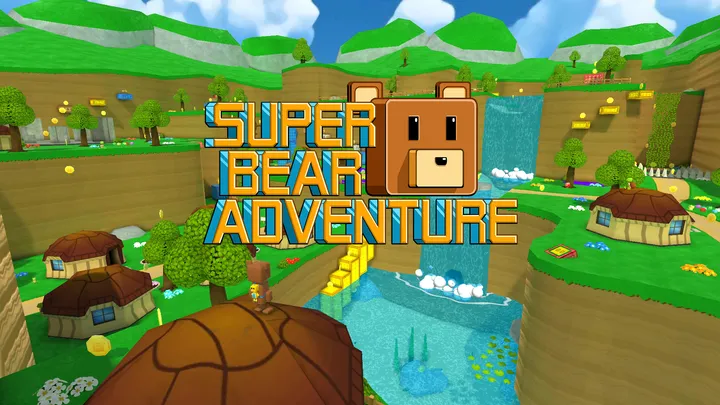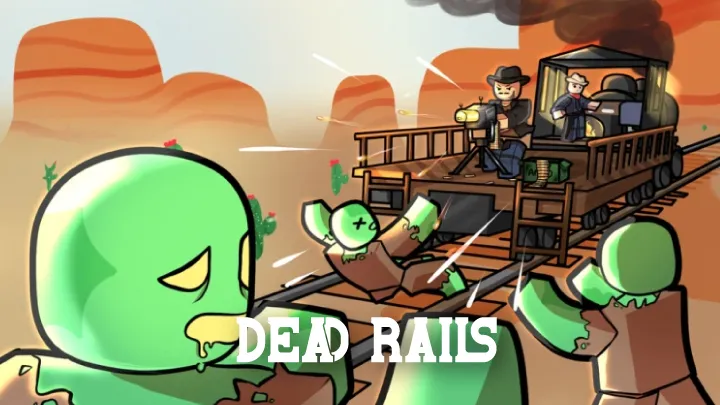Introduction
Drive Beyond Horizons, developed by Tacty Studio and published by Santor Games, released on March 24, 2025, for PC as an Early Access title, introduces a unique blend of vehicular survival and exploration in a procedurally generated post-apocalyptic world. Players take on the role of a lone driver, customizing their vehicle and scavenging resources to survive treacherous landscapes, with an emphasis on dynamic weather and day-night cycles. Priced at $19.99 with a launch discount, it quickly gained traction through its ambitious scope and community-driven development, showcased in player-shared survival footage and updates from Steam forums. Early feedback praised its vehicle customization and open-world freedom, though some noted bugs, performance issues, and a steep learning curve. This review explores its narrative, world, gameplay, and technical execution to assess its standing as an evolving survival adventure.
Narrative & Storytelling
Drive Beyond Horizons crafts its narrative through a survival-driven, player-crafted storyline that emerges through exploration and resource management. Players embody a driver stranded in a desolate world, with the story unfolding through environmental clues, scattered notes, and interactions with rare survivors or abandoned outposts. The narrative arc centers on pushing the limits of survival and discovery, with key moments—such as repairing a wrecked vehicle or uncovering a hidden bunker—adding a sense of perseverance. These moments foster a journey of resilience and curiosity, evolving from basic scavenging to epic treks across uncharted terrains.
However, the lack of a structured plot might leave some wanting a deeper storyline, as the experience relies on emergent narratives—unexpected encounters, vehicle mishaps, or resource finds—that depend on player initiative. The storytelling excels in its atmospheric isolation and player agency, though its depth hinges on the participant’s willingness to embrace the grind, making it a compelling survival tale for those who relish its rugged charm.
World & Environments
The world of Drive Beyond Horizons centers on a vast, procedurally generated wasteland, featuring diverse biomes like deserts, lush forests, and ruined cities, rendered with a realistic yet stylized aesthetic. The environments shift with each journey—shifting dunes, overgrown ruins, or stormy plains—enhanced by interactive elements like salvageable parts, dynamic weather, and wildlife encounters, creating a dynamic backdrop. Sound design, with wind howls, engine roars, and ambient wildlife, builds an immersive atmosphere, while visual effects like day-night transitions or sandstorms add tactical variety.
Yet, the reliance on procedural generation might lead to repetitive landscapes over time, as the focus remains on survival arenas rather than a cohesive narrative world. The design prioritizes a challenging, evolving setting, which could feel overwhelming for players seeking structured progression. Community feedback celebrates the environmental diversity and weather system, though some note terrain bugs, suggesting a world that thrives in unpredictability but may benefit from stability to sustain engagement.
Gameplay Mechanics
Core Loop
The core loop revolves around scavenging and survival, where players explore and upgrade within 40-70 minute sessions, offering a deliberate rhythm. The cycle of gathering parts, repairing vehicles, and surviving hazards drives a compelling flow, encouraging persistent play.
On-Field Mechanics
The gameplay hinges on survival driving mechanics, where players use vehicle customization, resource management, and combat skills, with tactical depth added by terrain navigation and weather adaptation. Multiplayer co-op and event modes introduce variety, though balance issues with resource scarcity can disrupt flow. The mechanics reward patience and strategy, demanding mastery to overcome their harsh challenge.
Mode-Specific Features
The primary modes include Solo Survival, Co-op Exploration, and Limited-Time Events, with objectives like reaching 50km or completing event challenges providing goals. Vehicle tuning and base-building add variety, while leaderboards offer competition. The range of activities caters to different playstyles, but balance adjustments for difficulty scaling and performance lag, a point raised in early feedback.
Progression & Multiplayer
Progression includes earning parts, unlocking upgrades, and expanding bases, balancing grind with functional and survival rewards in a system that feels rewarding based on initial play. The game supports multiplayer with up to four players in co-op, with real-time exploration and chat, though server issues limit accessibility. The progression and multiplayer elements thrive on cooperative mastery, requiring refinement to enhance stability.
Technical Execution
Drive Beyond Horizons delivers a visually immersive experience with its realistic graphics, fluid vehicle physics, and dynamic effects, optimized across PC with moderate requirements. Post-launch updates have addressed stability, but occasional glitches like crashes, collision errors, and optimization issues persist. Audio impresses with a moody score and environmental sounds, though repetitive loops can detract over long sessions.
Controls are responsive with precise inputs, offering a natural feel across keyboards and controllers, though the lack of touch support limits versatility. Ongoing updates are refining core systems, but initial technical hiccups suggest continued optimization is needed. The execution supports the survival focus, with visuals and audio as strengths amid polish challenges.
Community Feedback
Drive Beyond Horizons has cultivated an active community, with early praise for its vehicle customization, co-op play, and procedural world, though concerns about bugs, performance, and grind length surface from player discussions. Excitement for event updates and hidden secrets is widespread, but frustration with crashes and resource scarcity persists. Community feedback drives development, sustaining interest, and player retention remains moderate, fueled by its Early Access promise and developer engagement.
Criticism centers on technical stability and balance, with players noting crashes and a desire for reduced grind or bug fixes, alongside debates over event design. The community’s active input shapes updates, reflecting a group eager to see the game evolve into a polished survival experience, with initial Steam reviews showing a mixed reception with potential for improvement.
Final Verdict
Drive Beyond Horizons delivers a rugged survival adventure with its open-world exploration and vehicle customization, celebrating the thrill of the unknown. Its co-op and dynamic weather shine, though technical issues and grind pose challenges. It’s a must-play for survival and driving fans, with patience required as updates refine the experience.
